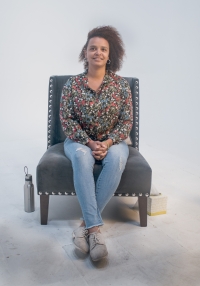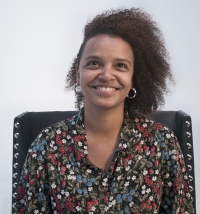“The artist Amaury Pacheco always said our victory is that they do not manage to turn us into sad people; I try not to lose my joy.”

Download image
Yanelys Núñez Leyva was born in Havana into a working-class family. She followed all the educational channels of the system: school, a pre-university school in the countryside, and university, where she studied Art History. When she graduated, she began working for the official magazine, Revolución y Cultura. Although she had already had contact with the independent scene of the Cuban blogosphere, it was her encounter with the independent artist Luis Manuel Otero that she began to participate in independent artistic projects actively. With Luis Manuel, she founded the Museum of Dissidents in Cuba (which resulted in her release from the Revolución y Cultura magazine) and the first independent biennial in Havana, the 00 Bienal. She also actively participated in the campaign against Decree 349, which restricted artistic freedom in Cuba. In December 2018, she created the San Isidro Movement to protect freedom of expression in Cuba. In 2019, exhausted after two years of continuous activism and strong repression by State Security, she decided not to return from a trip she made to Europe. She currently resides in Madrid and continues to be an active member of the San Isidro Movement.


